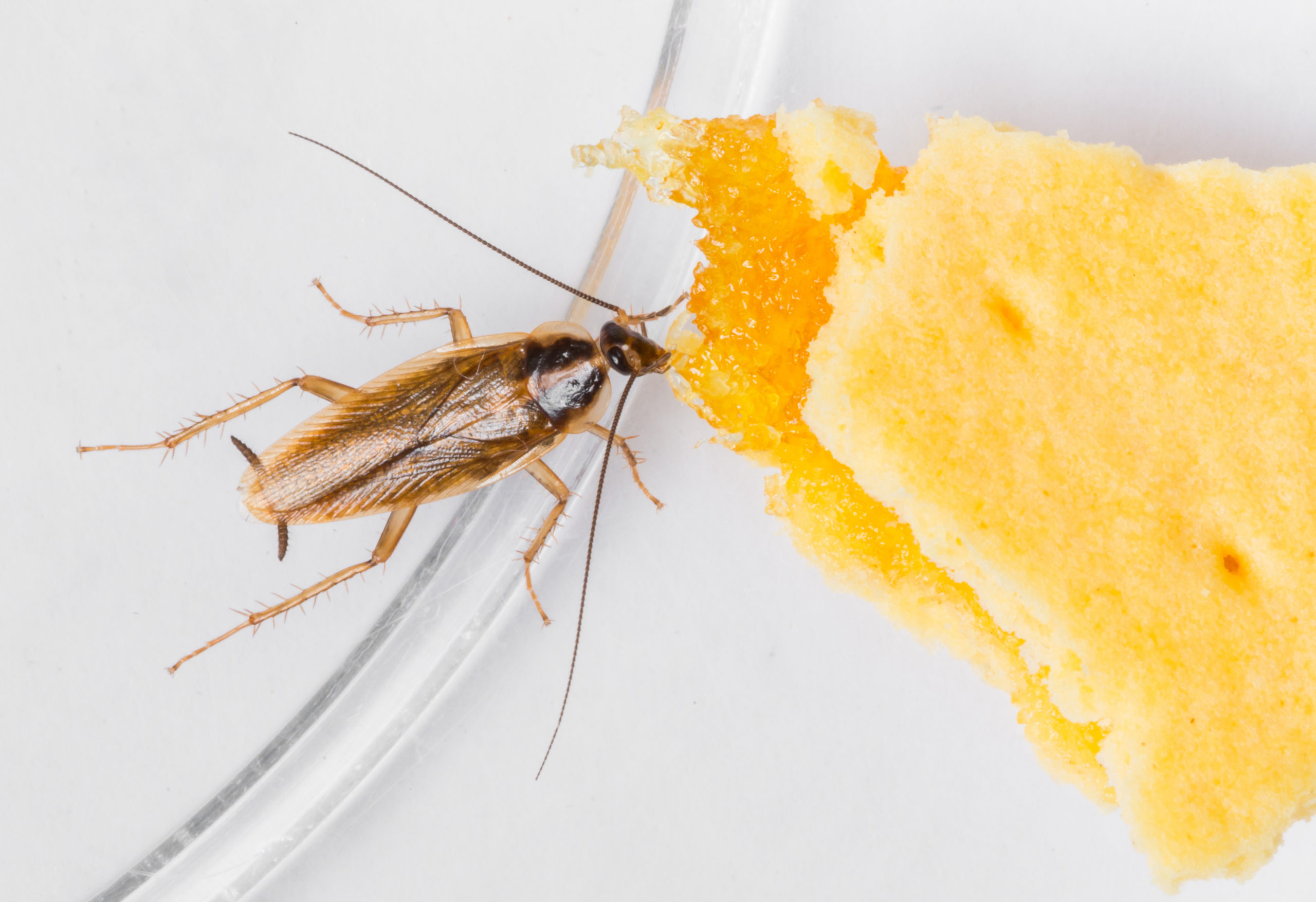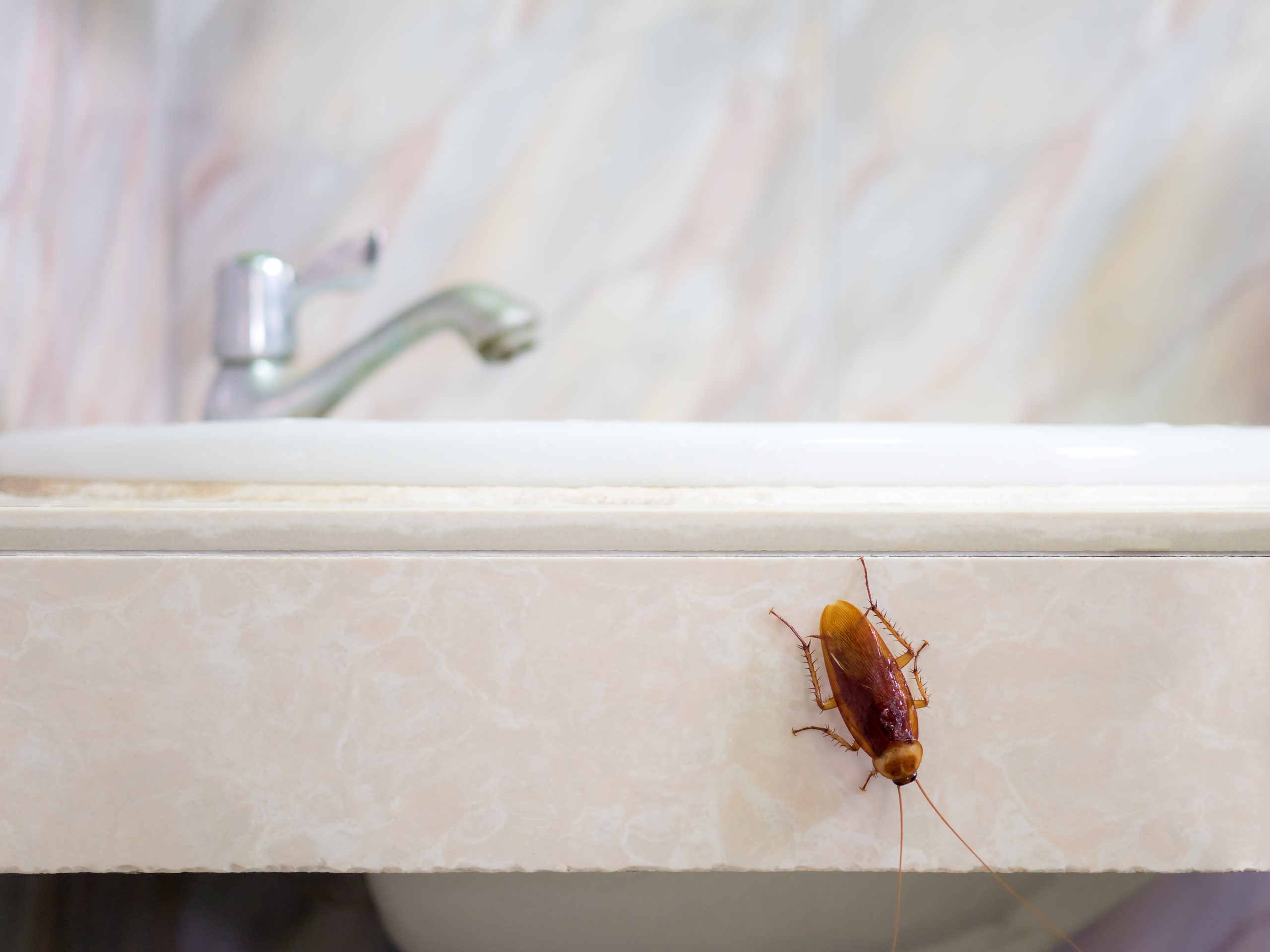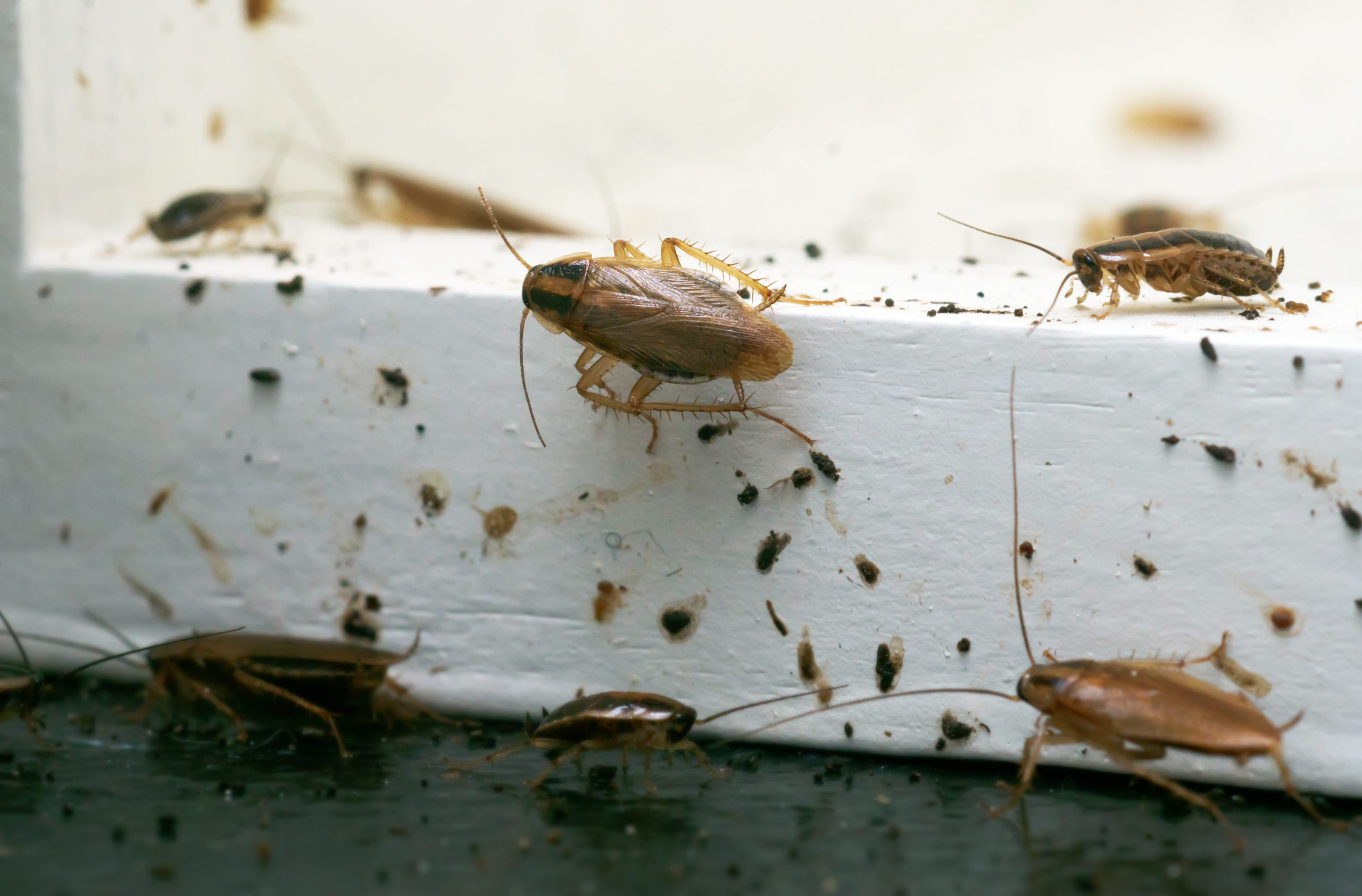The Worldwide Conquest of the German Roach
The Worldwide Conquest of the German Roach
This is the facinating backstory of how one species of roach left its cave of origin to become a major pest across the globe.
The Origins of the German Roach
Scientifically known as the Blattella Germanica or B. Germanica, the German roach is an internationally known pest. While their name suggests that they are native to Germany, this represents an outdated scientific hypothesis, and it is now confirmed that German roaches originated in Southeast Asia. Evidence from modern research now suggests that the specific area where their species emerged was the tropical island of Borneo in the South China Sea where they likely inhabited the limestone caves of the island. 
From Caves to Kitchens
The limestone caves of Borneo were an ideal spot for these insects to thrive as they provided a consistent climate of humidity and high temperatures as well as protection from potential predators. After evolving for years in these conditions, German roaches have developed a necessity for warmer weather and humid areas, making outdoor living highly undesirable to them and leading to their habitation alongside humans in indoor harborages. In modern homes conditions similar to their native caves can be met and, in particular, this tends to draw German roaches to kitchens and laundry rooms. 
The Spice Trade
The unique climate conditions of Borneo’s caves were noticed by tradesmen in the 1600’s who began to use the limestone caves for the storage of their dry peppercorn shipments. Not only did the caves keep the peppercorns in the perfect condition to preserve them, but the caves also offered the shipments security from scavengers and pirates. When the peppercorns were eventually loaded onto ships for sale, they unfortunately came with some additional stowaways. These ships set out along the 13-day spice trade route to India before being transferred to either schooners for a 20-day sail or caravans for an overland trek to Venice – the spice trade capital of the 1600 and 1700s. Roaches are very hearty creatures that can live for days without food and water and weeks on end with just water. As such, surviving these travels was rather simple for the German roaches, so, from this hub of trade, the stowaway pests quickly began to spread throughout the Europe and Asia in their baskets of spices. 
Plumbing Plunderers
In 1796, German cockroaches made their way to the United States on the ship of Captain Jonathan Carnes who was transporting Sarawak pepper from Borneo to Manhattan, Salem, and a few other port cities. Soon after, the roaches began to infest the growing port towns and spread further into the mainland in markets. As people continued to spread, so did the roaches, and by 1842, a new advancement for city life created the perfect conditions for a population explosion of roaches. The Croton Reservoir brought New York City the luxury of indoor plumbing which provided ideal harborage for German roaches as well as a sort of highway system allowing them to easily spread across the city and beyond as plumbing systems continued to expand. By the 1900’s German cockroaches were widespread pests throughout the U.S. 
German Roach Infestations
German cockroaches are sometimes referred to as the roach that gives all roaches a bad name. They have the greatest reproductive potential in comparison to all species of roaches, producing up to 400 offspring in their super short lifetimes. German cockroaches are light brown with two dark bands on their heads, tan-colored wings, and measuring, on average, 12.7cm to 15.8cm in length. Their nymphs are darker in color than the adults and tend to have a light streak of brown down the center of their backs, while their oothecas (egg sacks) are reddish-brown, bean-shaped capsules with small vertical lines striping its service. Unfortunately, as with all roaches, German cockroaches are notoriously difficult to get rid of. They are incredibly resilient creatures and professional intervention is almost always required to truly rid a home or business of these infuriating insects. 
Cockroach Prevention
Our technicians will work tirelessly with you to eliminate German cockroaches from your life. Consistent and specialized pest control treatments in tandem with consistent cleaning and sanitation can substantially accelerate the rate of success as well as improving overall results with roach control. Also, by maintaining this kind of clean and tidy home or business, you greatly reduce the chances of roach infestations occurring. 
Citations
Antani, K. and Burgeson, A. (2011) Blattella Germanica: German Cockroach, Animal Diversity Web. The University of Michigan. Available at: https://animaldiversity.org/accounts/Blattella_germanica/ (Accessed: September 2021). Kraft, S. and Pinto, L. (2016) German Cockroaches: 10 Key Facts to Remember, Pest Control Technology. GIE Media. Available at: https://www.pctonline.com/article/german-cockroaches-10-key-facts-to-remember/ (Accessed: September 2021). Robinson, W. (2021) “The German Cockroach: A History,” Pest Control Technology, pp. 118–118. Valles, S. (2008) German Cockroach: Blattella Germanica (Linnaeus), The University of Florida Department of Entomology and Nematology. The Florida Department of Agriculture and Consumer Services. Available at: http://entnemdept.ufl.edu/creatures/urban/roaches/german.htm (Accessed: September 2021).
Request a Free Quote Today
(We do not share your data with anybody, and only use it for its intended purpose)


